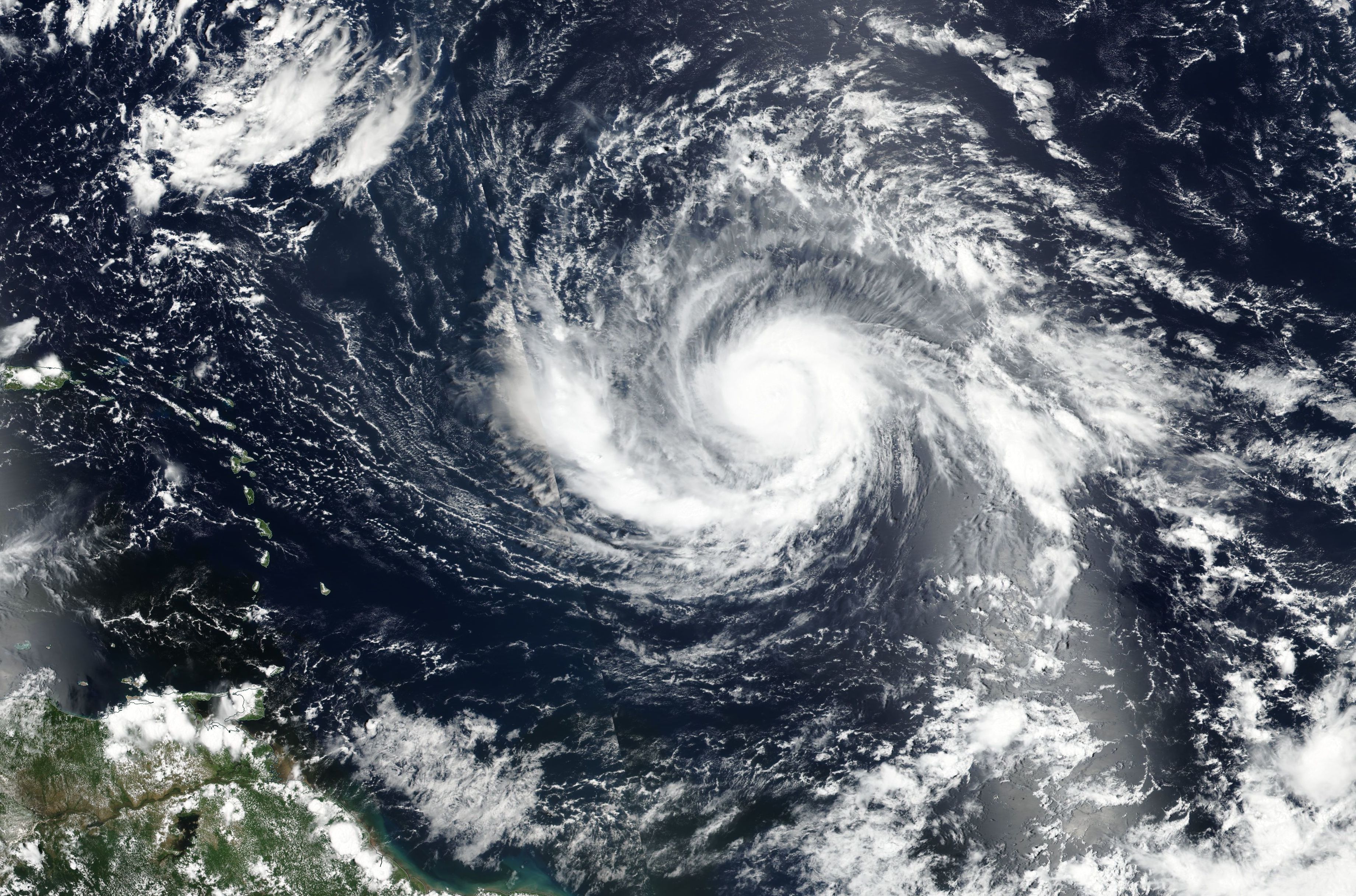
By Amber Tortorelli
Contributing Writer
Just two weeks after Hurricane Harvey wreaked havoc in the southern United States, Hurricane Irma reached Florida this past week.
Irma began as a tropical wave when it formed off the western coast of Africa near the Cape Verde Islands before quickly gaining power as it moved across the Atlantic towards the Caribbean islands.
By the time it made landfall in Saint Martin and Barbuda, the National Hurricane Center had raised Irma to a category five hurricane. At least 36 people have already been reported dead in the Caribbean Islands and 11 people have been reported dead in the U.S. More than 2.3 million had been left without power as Irma moved up Florida’s west coast.
While some counties ordered mandatory evacuation as early as Sept. 6, the sheer volume of people fleeing the state had led to exorbitant airline fees and gridlocked highways, forcing many residents to ride out the storm in their homes.
According to Florida Gov. Rick Scott, Irma was expected to cause the greatest amount of destruction the Sunshine State has seen since Hurricane Andrew in 1992.
Andrew, also a category five storm, killed 65 people and caused more than $47 billion in damage. ESU staff and faculty met Sept. 6 to discuss ways in which the school can provide aid to those affected by the storms.
Dr. Doreen Tobin, vice principal of student affairs, says that more information regarding the plans for faculty organized relief efforts would be known within the following weeks.
Graduate student Miranda Tripus supports the faculty’s plan to organize relief and adds that we should provide aid to not just those in the continental United States who suffered damage from Harvey, but also to those who need help in the Caribbean.
Kennedy Sheeley, an undergraduate student at ESU, adds that she thinks collecting monetary or water donations would be a good way to go. During the aftermath of Hurricane Sandy in 2012, drives were organized at ESU to provide relief to those affected up and down the east coast, with a focus on collecting essentials such as blankets, toiletries and non-perishable food, in addition to monetary donations.
The proceeds from one such drive, organized by former student Sara Gallina, were able to be delivered to a relief location in Brodheadsville that was offering shelter to victims.
Unfortunately, any items collected for the victims of Hurricanes Harvey or Irma would have to travel much farther than Brodheadsville, and the cost of physical delivery may outweigh their face value.
Since Hurricane Katrina ravaged coastal Louisiana in 2006, ESU students and faculty, in conjunction with various local associations, including the Pennsylvania State Association for Health, Physical Education, Recreation, and Dance and the East Stroudsburg United Methodist Church have participated yearly in relief work for disaster affected communities.
As of yet there is no word on whether any students or faculty will travel to participate in Harvey or Irma related relief projects.
Email Amber at:
atortorell@live.esu.edu

